At TAE Technologies lab in California, scientists are building a nuclear fusion machine to recreate the energy of the sun, stars and lightening here on Earth.
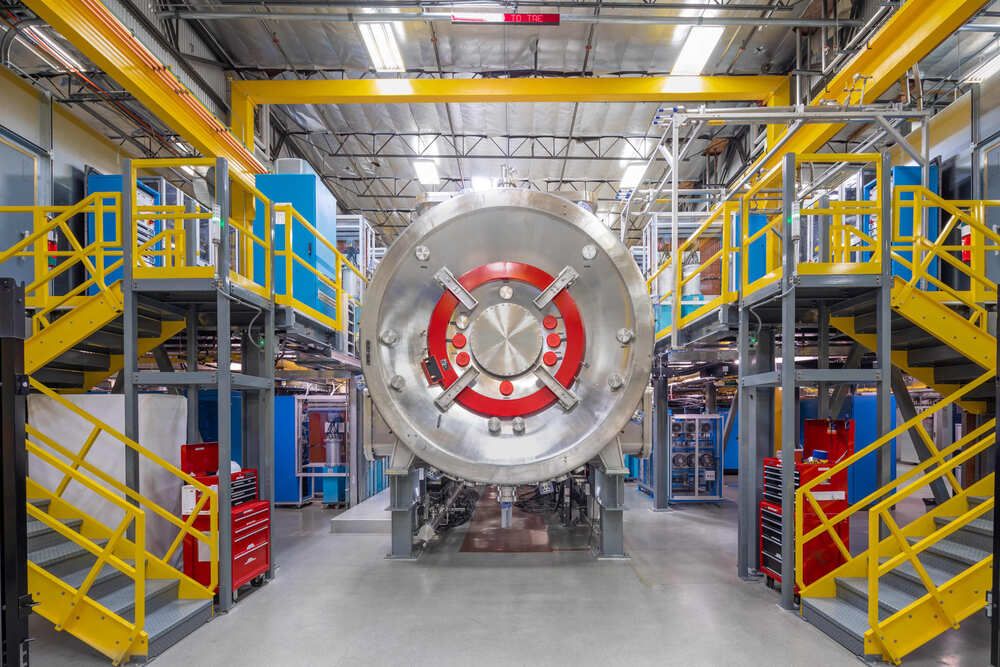

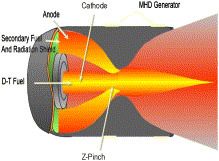
Circa 2013
Fusion-based nuclear propulsion has the potential to enable fast interplanetary transportation. Due to the great distances between the planets of our solar system and the harmful radiation environment of interplanetary space, high specific impulse (Isp) propulsion in vehicles with high payload mass fractions must be developed to provide practical and safe vehicles for human space flight missions.
The Z-Pinch dense plasma focus method is a Magneto-Inertial Fusion (MIF) approach that may potentially lead to a small, low cost fusion reactor/engine assembly [1]. Recent advancements in experimental and theoretical understanding of this concept suggest favorable scaling of fusion power output yield [2]. The magnetic field resulting from the large current compresses the plasma to fusion conditions, and this process can be pulsed over short timescales (10−6 s). This type of plasma formation is widely used in the field of Nuclear Weapons Effects testing in the defense industry, as well as in fusion energy research. A Z-Pinch propulsion concept was designed for a vehicle based on a previous fusion vehicle study called “Human Outer Planet Exploration” (HOPE), which used Magnetized Target Fusion (MTF) [3] propulsion.

There are several key technologies converging on an inevitable effect, namely a dramatic, explosive increase in human population. Currently around 40% of Earth’s total land area is dedicated to agricultural production to feed seven billion people, but, interestingly, while the human population will increase, the land area required to sustain this population will decrease, approaching zero land area to sustain a trillion human lives. In this era, bulk elements such as gold will have no value, since they will be so easy to produce by fusion separation of elements from bulk rock. Instead, value will be attached to biological material and, most importantly, new technologies themselves.
The several key emerging technologies that make this state of affairs unstoppable are listed along with aspects of their impact:
1) Most important is fusion energy, an unlimited, scalable energy, with no special fuel required to sustain it. This will allow nearly all agriculture to be contained in underground “vertical farm” buildings, extending thousands of feet downwards. Cheap artificially-lighted, climate-controlled environments will allow the maximum efficiency for all food crops. Thus, agriculture will take up close to zero surface area, largely produced underground on Earth or the Moon.
2) Crispr-gene edited foods, allowing the transformation of thousands of currently inedible plants into new types of fruits, vegetables and cereals, while also allowing diversity of currently-existing ones. Everything people eat has been genetically modified by thousands of years of human cultivation; that modification will take place over several years instead of thousands.
3) Acellular agriculture, where yeasts are bioengineered to produce milk and other proteins without any live mammals. Products using this method began to enter the market in 2020.
4) Cell-base meat, the production of animal meat in bioreactors, without the need for killing of animals. This will also broaden the choices of widely-available meats from a few bulk types, such as beef, pork and chicken, to thousands of choices.
5) Micro-organism farming, as with the “Solar Foods” company’s use of micro-organisms to produce limitless quantities of protein, fats and carbohydrates in bioreactors.
6) Increasing life-span, which continues to steadily grow for all of human history. New developments in the science of aging will likely boost the average human lifespan significantly. At some point, this will dramatically increase.
Under these circumstances, it will be economically necessary to preserve global biodiversity, since such diversity will become the bedrock of all biological development–one source of value in this era. Thus, it will become necessary to maintain a large proportion of Earth’s surface in an untamed state, while supplementing that with countless contained ecosystems throughout the solar system. The inhabited, urban areas will intermesh with vast interconnected zones where “the deer and antelope roam free.” Humanity will need those deer and antelope in their original state, as they will be the basis for bioengineering new forms of cell-based deer and antelope meat. Similarly, all forms of wild plants will be required as the control stock, for a parallel bioengineered agricultural system.
IMAGE: Earth and Terraformed Mars:
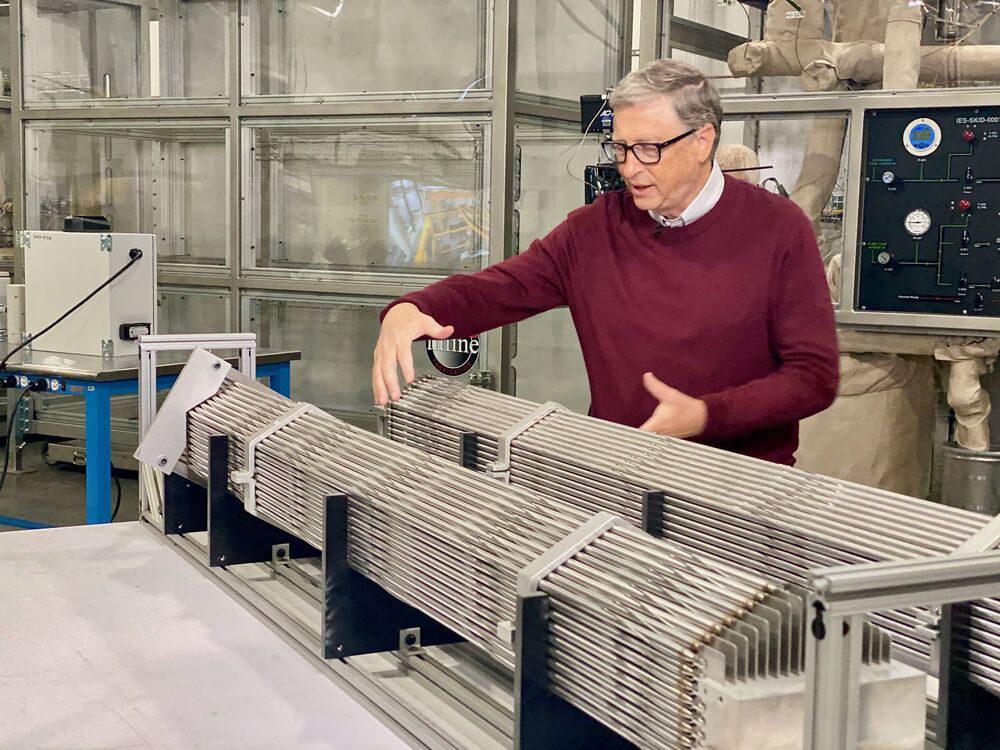
TerraPower’s ability to achieve those goals will be in no small part due to the money and influence of the company’s founder.
“The most important factor is that Bill Gates is behind this,” principal research scientist at the Massachusetts Institute of Technology department of nuclear science and engineering Charles Forsberg tells CNBC Make It. “The most important factors in developing a new reactor are money and very competent people. Bill Gates brings both to the project.”
Here’s how TerraPower is building advanced nuclear power plants.
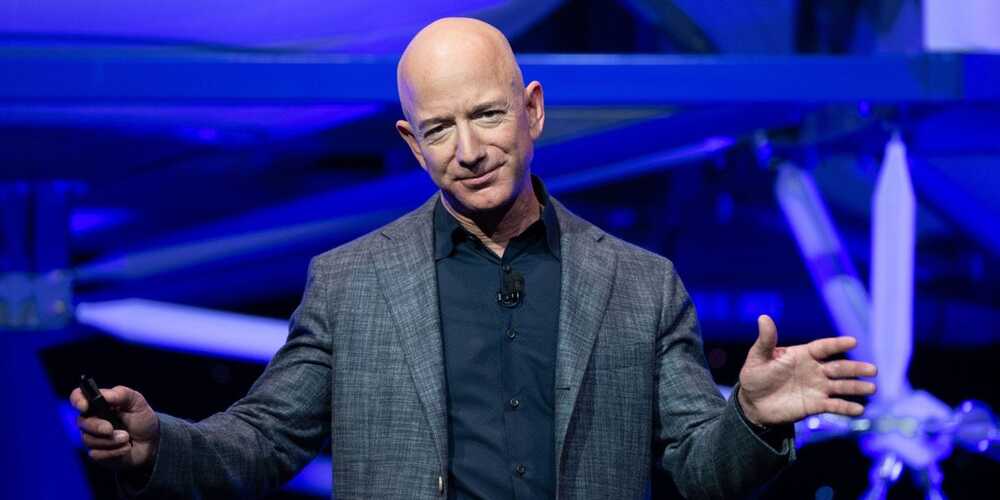
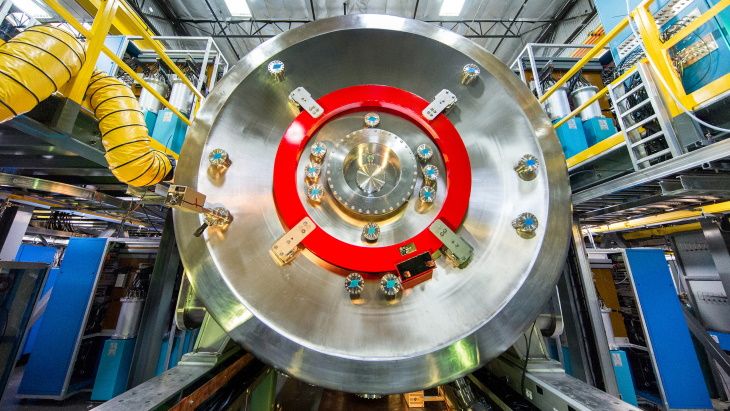
TAE Technologies, the California, USA-based fusion energy technology company, has announced that its proprietary beam-driven field-reversed configuration (FRC) plasma generator has produced stable plasma at over 50 million degrees Celsius. The milestone has helped the company raise USD280 million in additional funding.
Norman — TAE’s USD150 million National Laboratory-scale device named after company founder, the late Norman Rostoker — was unveiled in May 2017 and reached first plasma in June of that year. The device achieved the latest milestone as part of a “well-choreographed sequence of campaigns” consisting of over 25000 fully-integrated fusion reactor core experiments. These experiments were optimised with the most advanced computing processes available, including machine learning from an ongoing collaboration with Google (which produced the Optometrist Algorithm) and processing power from the US Department of Energy’s INCITE programme that leverages exascale-level computing.
Plasma must be hot enough to enable sufficiently forceful collisions to cause fusion and sustain itself long enough to harness the power at will. These are known as the ‘hot enough’ and ‘long enough’ milestone. TAE said it had proved the ‘long enough’ component in 2015, after more than 100000 experiments. A year later, the company began building Norman, its fifth-generation device, to further test plasma temperature increases in pursuit of ‘hot enough’.
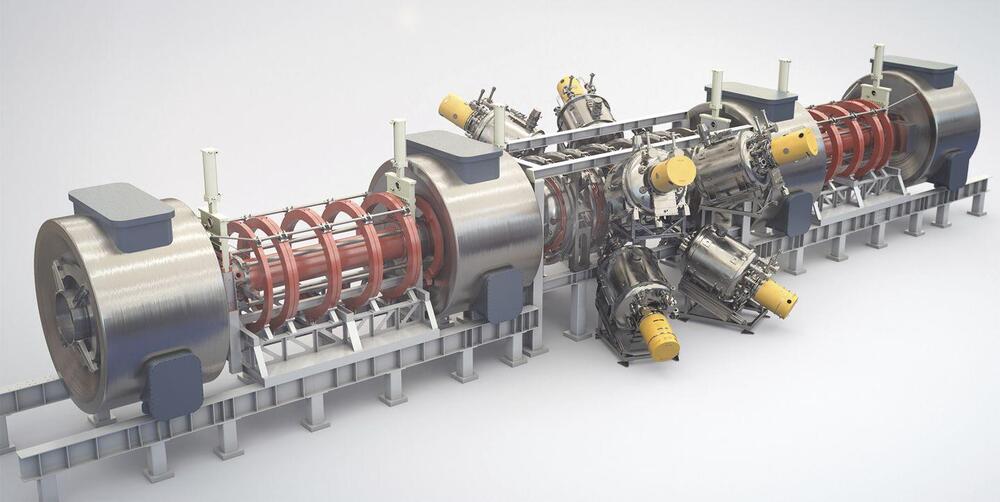
This means 6 years after TAE began to reach “long enough,” Norman has finally reached “hot enough” frequently enough that it can begin to scale up for commercial power plants. And this is why the company says it feels it can build that kind of power plant by the end of the decade in 2030.
Nuclear fusion has long felt like decades away. Today, the timeline accelerates.

Three years of underground robotics competitions culminate in a final event in September with $5 million in prize money.
The DARPA Subterranean Challenge Final Event is scheduled to take place at the Louisville Mega Cavern in Louisville, Kentucky, from September 21 to 23. We’ve followed SubT teams as they’ve explored their way through abandoned mines, unfinished nuclear reactors, and a variety of caves, and now everything comes together in one final course where the winner of the Systems Track will take home the $2 million first prize.
It’s a fitting reward for teams that have been solving some of the hardest problems in robotics, but winning isn’t going to be easy, and we’ll talk with SubT Program Manager Tim Chung about what we have to look forward to.
Since we haven’t talked about SubT in a little while (what with the unfortunate covid-related cancellation of the Systems Track Cave Circuit), here’s a quick refresher of where we are: the teams have made it through the Tunnel Circuit, the Urban Circuit, and a virtual version of the Cave Circuit, and some of them have been testing in caves of their own. The Final Event will include all of these environments, and the teams of robots will have 60 minutes to autonomously map the course, locating artifacts to score points. Since I’m not sure where on Earth there’s an underground location that combines tunnels and caves with urban structures, DARPA is going to have to get creative, and the location in which they’ve chosen to do that is Louisville, Kentucky.
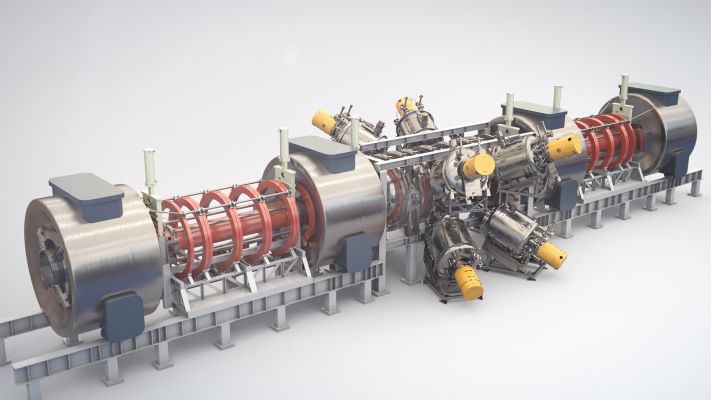
:ooo.
In a small industrial park located nearly halfway between Los Angeles and San Diego, one company is claiming to have hit a milestone in the development of a new technology for generating power from nuclear fusion.
The twenty year old fusion energy technology developer TAE Technologies said its reactors could be operating at commercial scale by the end of the decade, thanks to its newfound ability to produce stable plasma at temperatures over 50 million degrees (nearly twice as hot as the sun),.
The promise of fusion energy, a near limitless energy source with few emissions and no carbon footprint, has been ten years out for the nearly seventy years since humanity first harnessed the power of nuclear energy. But a slew of companies including TAE, General Fusion, Commonwealth Fusion Systems and a host of others across North America and around the world are making rapid advancements that look to bring the technology from the realm of science fiction into the real world.
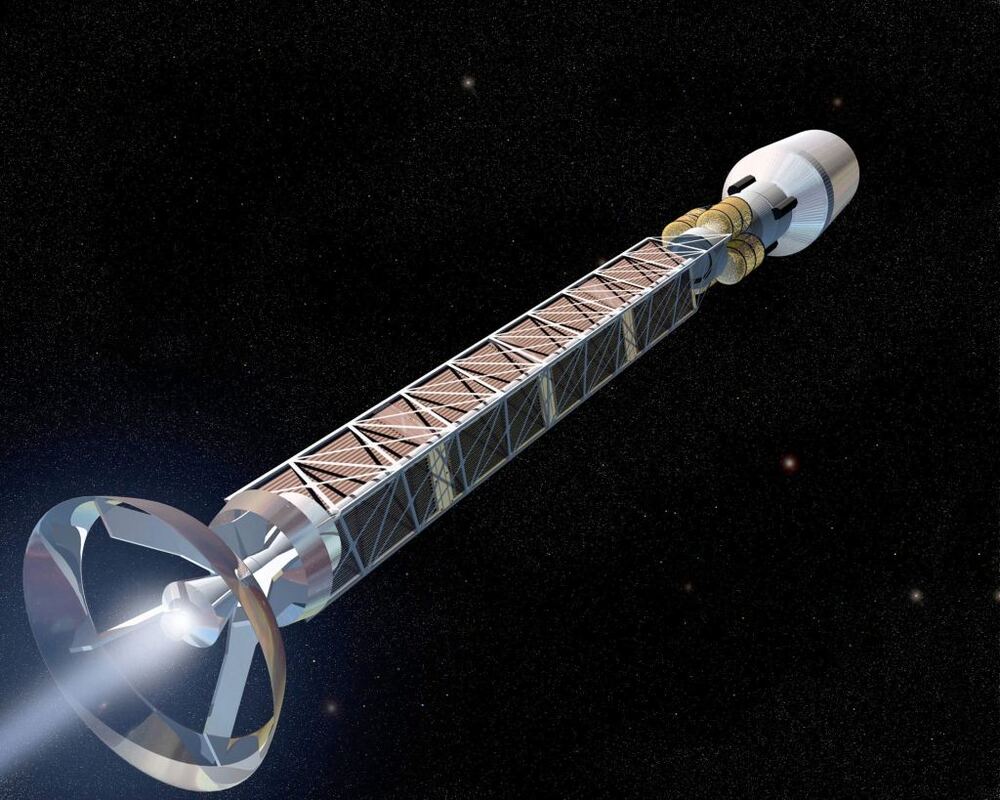
I just finished the most recent season of The Expanse – my current favourite Sci-Fi series. Unlike most of my other go-to Sci-Fi, The Expanse’s narrative is (thus far) mainly contained to our own Solar System. In Star Trek, ships fly about the galaxy at Faster-Than-Light speeds giving mention to the many light years (or parsecs *cough* Star Wars) travelled to say nothing of sublight journeys within solar systems themselves. The distances between stars is huge. But, for current-day Earthling technology, our Solar System itself is still overwhelmingly enormous. It takes years to get anywhere.
In The Expanse, ships use a fictional sublight propulsion called The Epstein Drive to travel quickly through the Solar System at significant fractions of light speed. We’re not nearly there yet, but we are getting closer with the announcement of a new theoretical sublight propulsion. It won’t be an Epstein drive, but it may come to be known as the Ebrahimi Drive – an engine inspired by fusion reactors and the incredible power of solar Coronal Mass Ejections.
Rocket engines have been the backbone of space exploration lifting humans to the Moon, rovers to Mars, and sending probes outside the Solar System. However, for all their blast-offy awesomeness, they are inherently inefficient and bulky. You can only get so much energy out of rocket fuel. As a result, most of your entire spacecraft is a giant fuel tank. The mass of a rocket destined for Mars could be as much as 78% fuel. To reduce weight, we need more efficient engines.